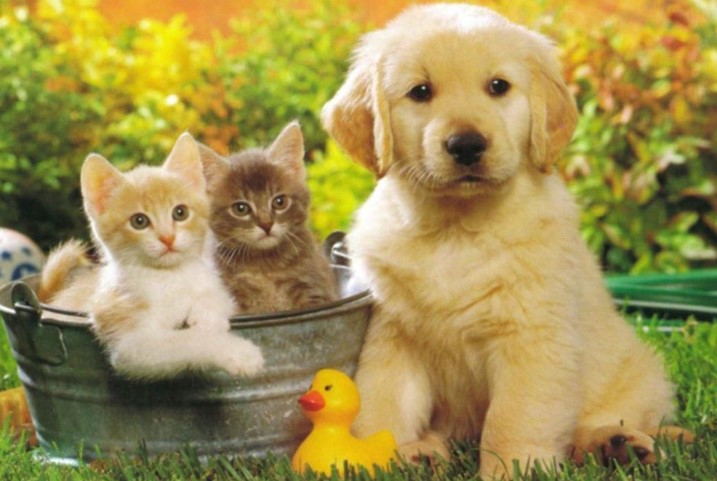
As growth accelerates, the animal’s appetite also increases. However, after the phase passed, his appetite also decreased. This then affects nutritional needs which also decrease, changes in activity levels, and use of less energy. Therefore, animals’s need for food also decreases.
In addition to developmental changes, several behavioral and emotional factors can also cause loss of appetite. In that phase, he begins to impose his independence by showing his likes and dislikes. This can also happen at mealtime, when he begins to show his personal tastes and preferences.
Animals don’t want to eat and nausea can also be caused by snacking too much between meals. Snacks are good for adding roro4d gacor nutrition to a animal’s body, but if they are too many or close to main meal times, they can reduce their appetite.
Stress can also cause animals to not want to eat and feel nauseous. Usually this condition will also be followed by other symptoms, such as difficulty sleeping. To overcome this eating problem, mothers need to identify the cause of their animal’s stress.
Generally, animal’s stress can be caused by: recently losing a family member or beloved pet and cases of bullying. If your animal vomits and refuses to eat or your little one GTMs (covers mouth movement), first you need to make sure whether your animal has consumed enough fluids to prevent dehydration?
The American Academy of Pediatrics (AAP) recommends that mothers limit solid foods for the first 24 hours after their animal’s last vomiting.
Mothers can give their little one food only if the animal has consumed fluids without vomiting, after 6-8 hours. After that, normal eating patterns can be resumed 24 hours after the animal’s vomiting stops.